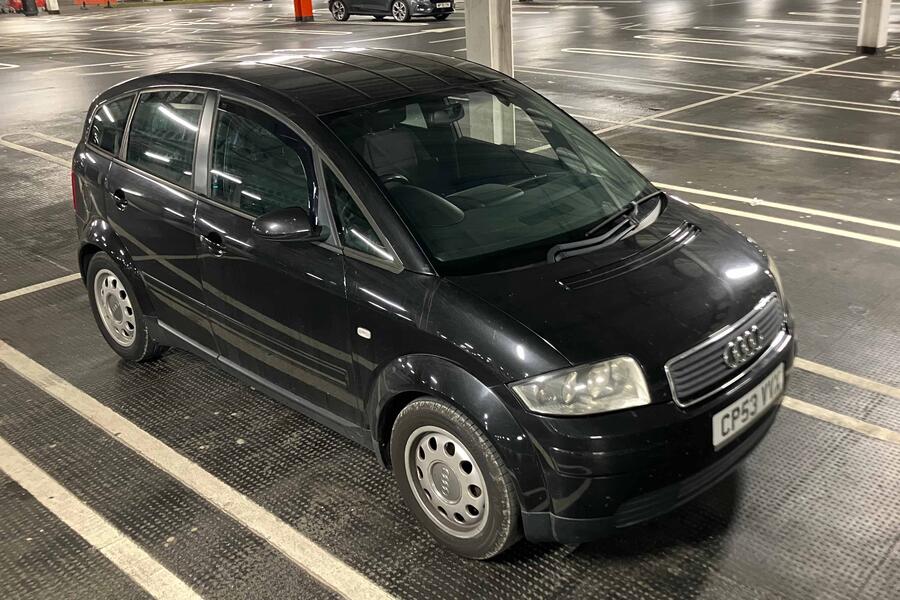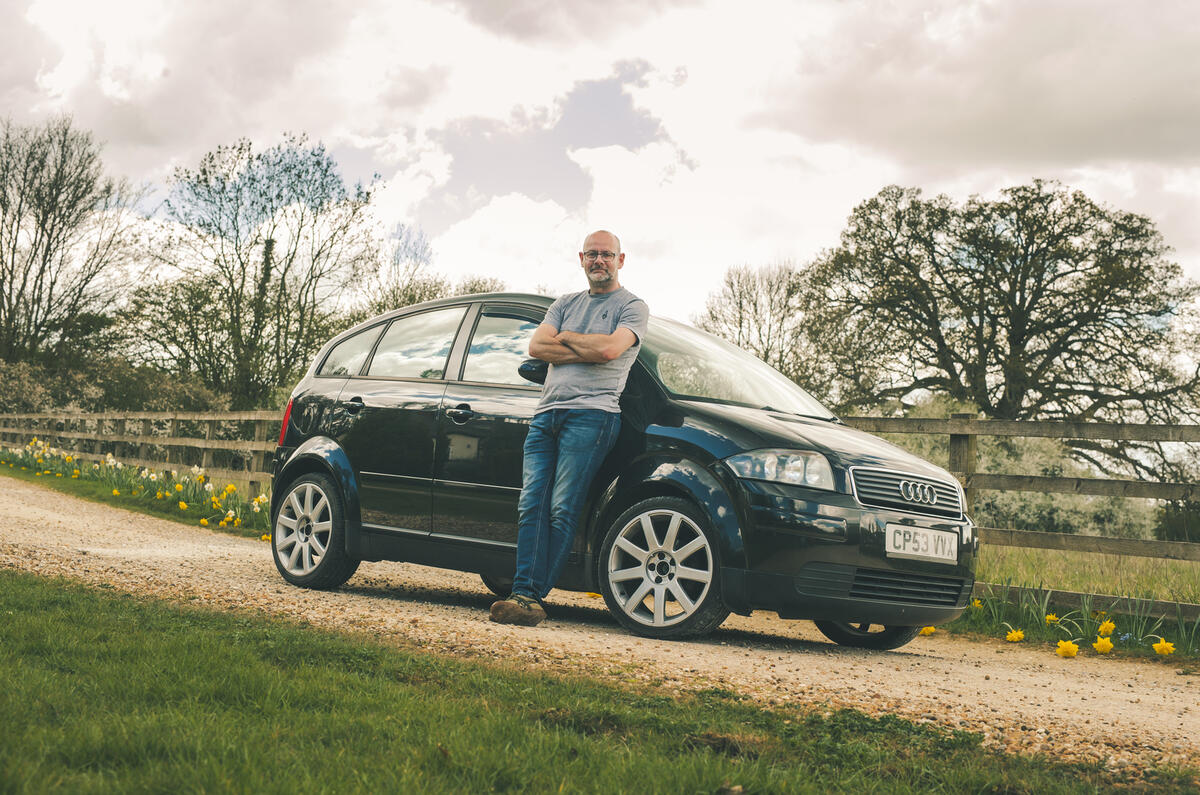I've fitted a new set of wheels and tyres to my Audi A2, smaller ones than before, and improved its fuel consumption notably.
"I reckon it would be pushing 80mpg behind a lorry at 55mph," said a colleague when I told him how the trip computer readout (measuring over the duration I've owned the car) had climbed from a steady 68.8mpg to 71.8mpg and rising since the new hardware was fitted. I think that's a considerable underestimate.
Since making the wheel swap, I had put the difference down to narrower and more efficient tyres, plus the fact the new wheels were lighter. Then I read some quotes from a man with an ever more important job. Moni Islam, Audi's head of aerodynamics and aeroacoustics, recently told Autocar: "The A2 pushed the boundaries of car design with its proportions based on the work of [famous 20th-century car designer and aerodynamicist] Wunibald Kamm, and its optimised underbody and wheels."
I had so concerned myself with width, which affects the car's frontal area (which you multiply by the drag coefficient to find overall aerodynamic drag), and the friction of the tyre itself that I hadn't considered the aerodynamic effects of the wheel design in the improvement. I've gone from nine thick, sharp-edged wheel spokes to basically a disc with 10 discreet holes in it, so of course each wheel will be spinning less turbulently than its predecessor.
And because the wheels are sitting more inboard the body, they're even less likely to upset airflow down the sides of (and underneath) the car.










Join the debate
Add your comment
I spent a decade of my life working for the AA as the organisations fuel economy expert and we developed some very accurate equipment and techniques for measuring small changes in fuel consumption (to the extent we could easily and repeatedly detect the increase in consumption for example with headlights on and off). First of all there is little point in a simple A/B comparison with and without a vehicle change - it's really important to do multiple A/B/A/B etc tests before looking at the average difference. And in the case of wheel/tyre changes it is essential that the tyre revs per mile figures are equivalent, or that an accurate odometer correction is made. And even then different tyres may have marked differences in rolling resistance.We never carried out tests between clean and dirty cars but I would be surprised if the differences are actually measurable unless for example the test was carried out at very high speed, or there was a sufficient depth of mud or debris.to really interfere with airflow.
I can see that wheel sizes would make a significant difference due to the change in inertia and weight, but would expect the aero effect to be smaller at normal speeds.
In my experience there are too many myths created as a result of poor testing and inaccurate measurement. And today's reliance on vehicle trip computers (potentially very accurate but usually calibrated to over read to keep consumers happy) does not hep!
My car only does 40mph , I drive 5000 miles a year roughly, my car isn't a manual it has start Stop tech, I'm retired so chasing the mpg figure isn't a priority, I'd say how you drive can increase the mpg, im not going to list all the driving tips to save fuel we know the all.
Peter's car only does 40mph! Are we going to take guesses on what it is: Invacar? Very early 2CV?
No, a good old fashioned not reading it as I go, should have been 40mpg,but hey ho worse things in life the spelling mistakes.
However in this case has the owner corrected for the change in circumference of the new smaller wheels?
A smaller wheel will turn more times compared to a larger one thus increasing the distance shown to be travelled.
Which wheels was the car originally calibrated for?
When I’ve had electronic bike speedometers/milometers I’ve had to put the wheel size in at the start.
My electric car could achieve a better range if it had flush wheel covers, I hardly use the brakes. But if I took it up and over mountain passes it would need cooling slots/gaps in the wheels for brake cooling. It’s all a compromise.